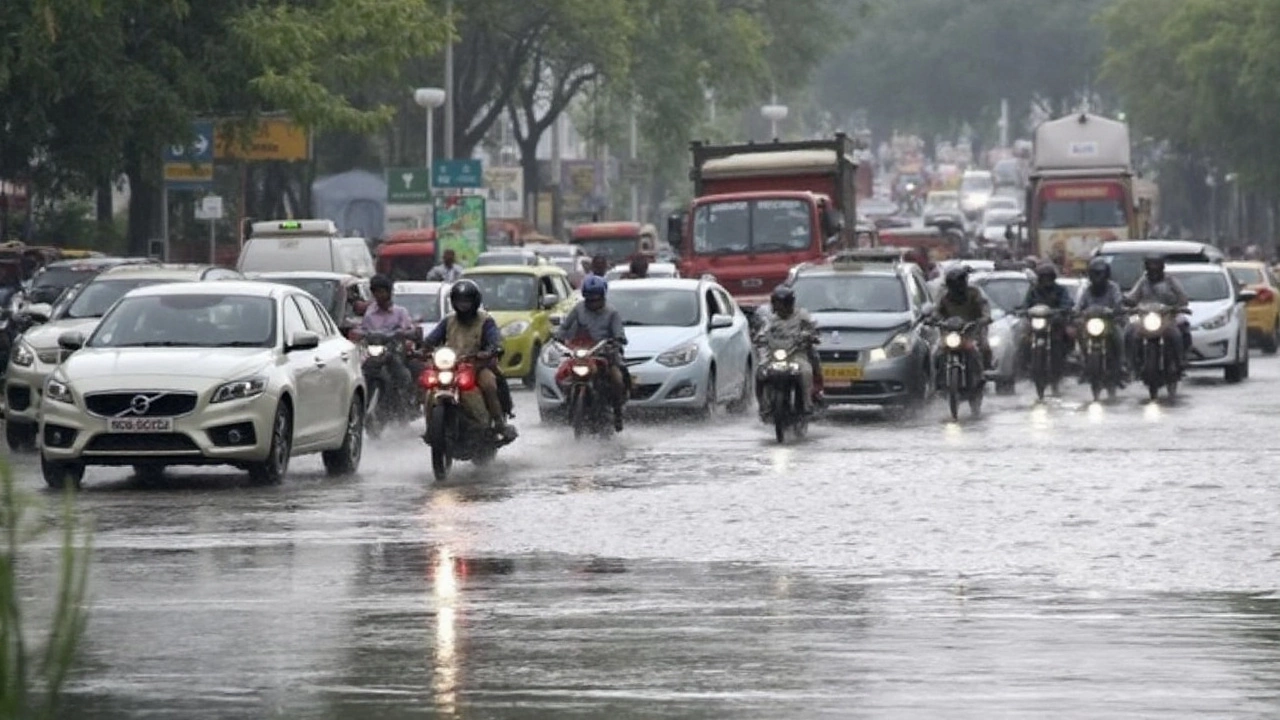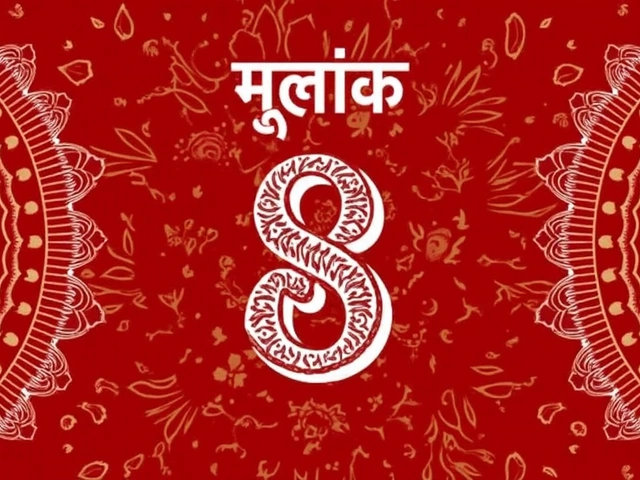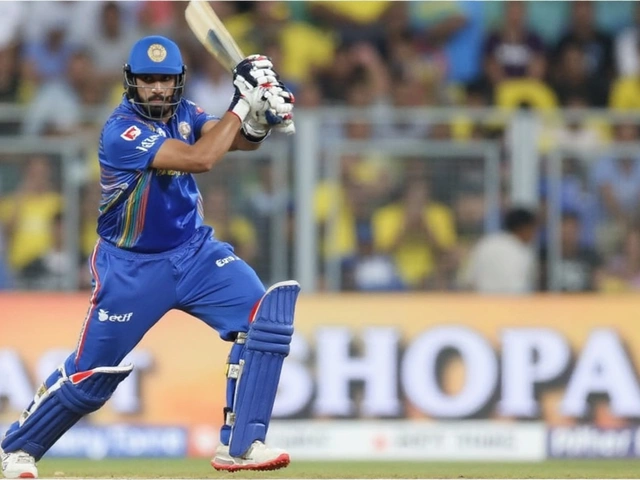IMD Weather Alert: What It Is and Why You Should Care
When the India Meteorological Department (IMD) issues a weather alert, it’s a heads‑up that the weather could disrupt your day. Alerts range from yellow (caution) to orange (danger) and red (extreme). Understanding these levels helps you plan travel, protect property, and avoid unnecessary panic.
Types of IMD Alerts and Their Impact
Yellow alert signals that weather may cause minor inconvenience – think light rain or a breeze that could make outdoor work a bit uncomfortable. Orange alert means heavy rain, strong winds, or thunderstorms are likely. This can lead to waterlogging, traffic snarls, and short‑term power outages. Red alert is the most serious; it warns of severe flooding, landslides, or cyclonic conditions that may threaten lives.
Recent posts on our site show how these alerts play out in real life. Delhi’s orange alert this July caused traffic jams and prompted commuters to carry umbrellas. In Kolkata, a monsoon depression turned into heavy rain and waterlogging, forcing local authorities to pump water and clear drains. Uttar Pradesh saw 15 districts under orange alert, with rain totals far above normal.
Practical Steps to Deal with an IMD Alert
1. Check the forecast early – IMD updates are posted on their website and social media. A quick glance each morning tells you which alert (if any) is active for your area.
2. Plan your commute – If an orange or red alert is in place, consider leaving earlier, using public transport, or even working from home if possible. Traffic delays in Delhi and Kolkata have been as long as two hours during intense rain.
3. Secure your home – Move valuables away from low‑lying spots, clear gutters, and keep sandbags ready if flooding is expected. Many families in Lucknow reported reduced damage by sealing doors before the monsoon surge.
4. Stay informed about emergencies – Local authorities often issue additional warnings about road closures, school cancellations, or power cuts. A simple radio or a weather app can keep you updated.
5. Carry essential items – Umbrella, raincoat, waterproof shoes, and a small flashlight can make a big difference when you’re stuck in traffic or need to navigate water‑logged streets.
By following these steps, you turn a weather alert from a nuisance into a manageable event.
IMD alerts aren’t just about rain. They also cover heatwaves, dust storms, and severe thunderstorms. For example, Delhi’s recent heat index hit a feels‑like 45°C, prompting health advisories. Knowing the type of alert helps you take the right precautions – drink more water during a heat alert, or avoid outdoor work during a thunderstorm warning.
Our tag page gathers all the latest IMD weather alerts across India, from Delhi’s orange rain warnings to Uttar Pradesh’s heavy monsoon alerts. Browse the list to see how different regions are coping, and pick up tips that fit your situation.
Remember, an alert is a signal, not a panic button. Stay aware, act early, and you’ll be ready for whatever the monsoon throws your way.
Delhi-NCR Rain Alert: IMD warns of heavy showers on September 1 as temperatures dip
IMD has warned of rain and thundershowers across Delhi-NCR on September 1, with light to moderate spells likely in the afternoon and evening. Temperatures have dropped, with highs near 28–30°C and lows at 22–25°C, both below normal. Similar rain is expected in parts of UP and Bihar. Authorities have advised precautions in urban and hilly areas under orange and red alerts.





